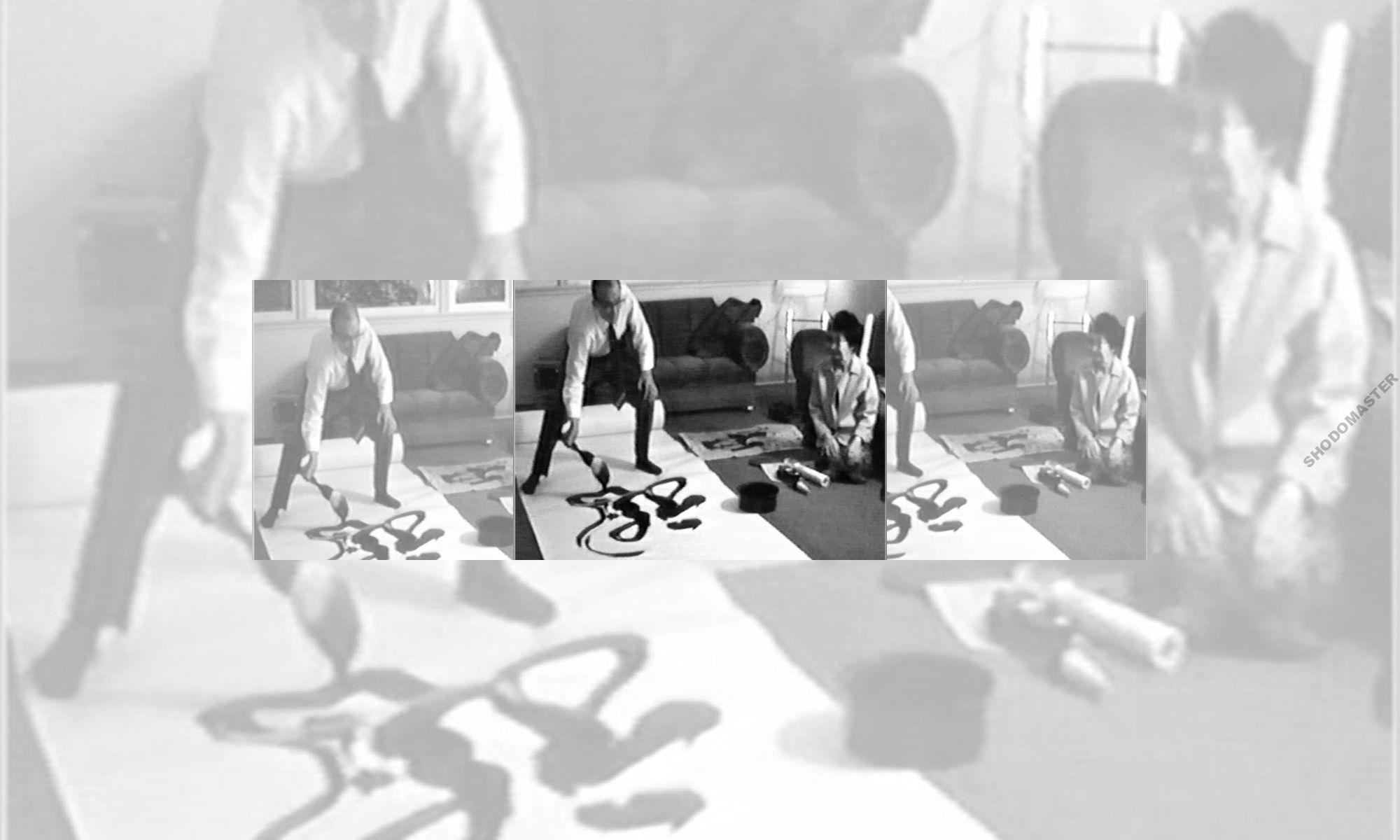An instructive book on the Japanese alphabet
Writing Japanese (and Chinese) with a brush inherently utilizes both the Chinese characters (kanji 漢字) and the two alphabets, mostly hiragana, and more seldom, katakana. Mr. Ouchida’s, book which he wrote in response to my request for a guide to hiragana, shows a number of elements of the hiragana alphabet. First of all, he uses an ancient poem thought to have been created in the Heian era (AD 794 – 1179). It is famous because of two characteristics – one, it is a pangram, a sentence that uses every letter at least once, and it is also an isogram, a word or phrase without a repeated letter. Much later, I discovered that Mr. Ouchida had also created another, very sophisticated book, which I will discuss later, from yet another isogram – an ancient Chinese poem titled Senjibun, in which there are 1,000 characters, none of which appear more than once. The purpose of utilizing such nonrepeated word/character poems appears to be as educational tools. The I-Ro-Ha poem is also attributed to a source of ancient Buddhist poetry.


